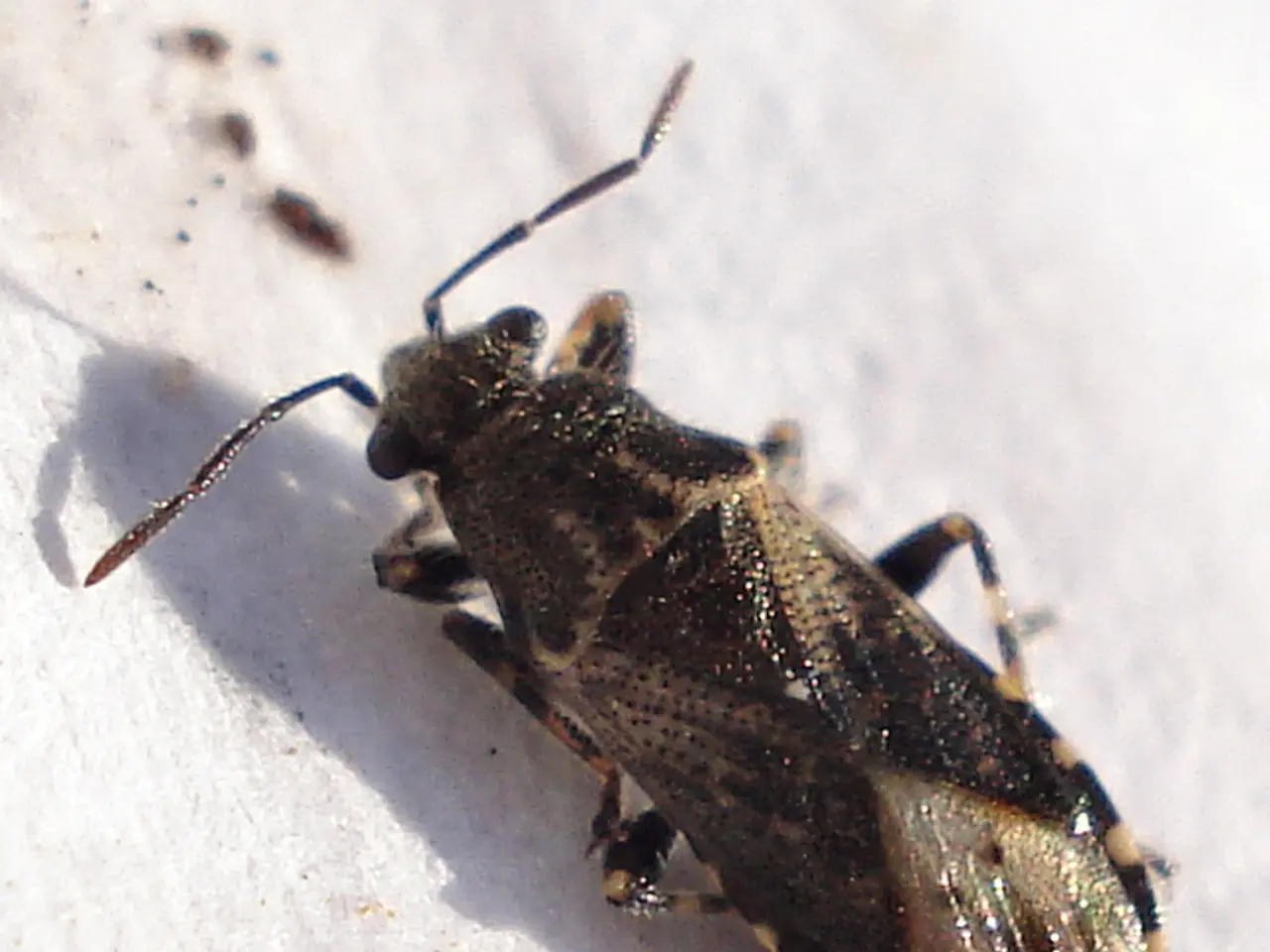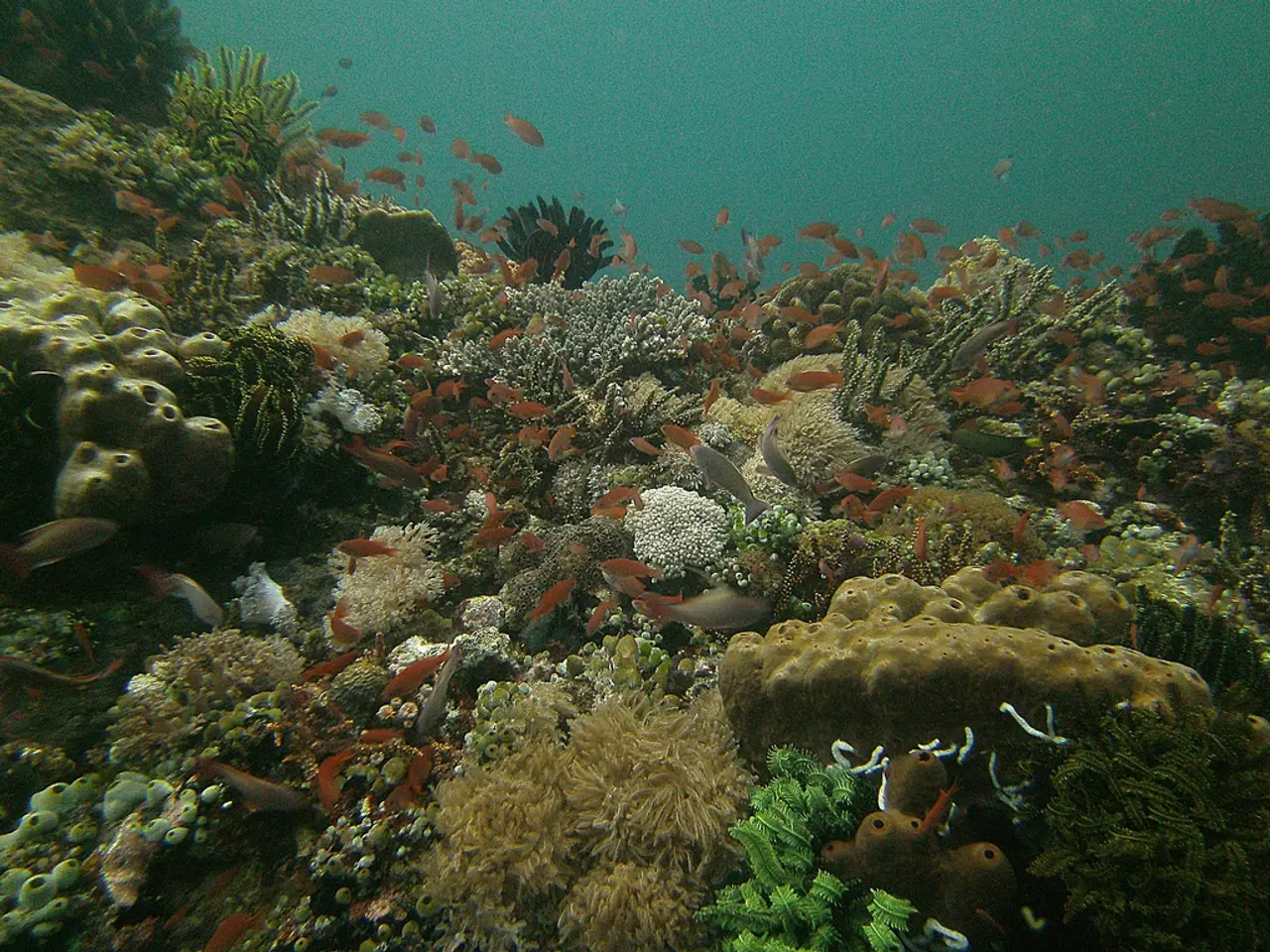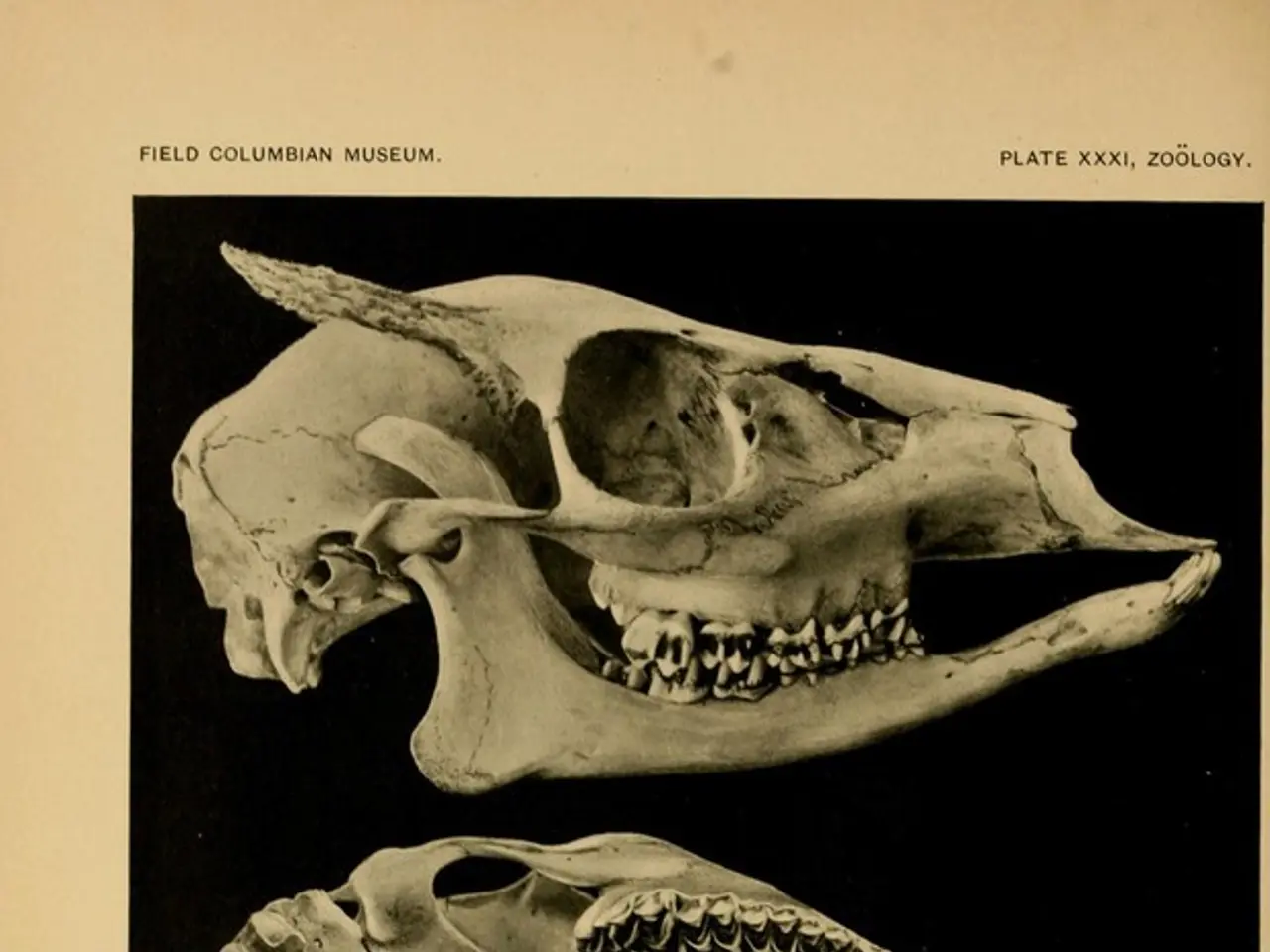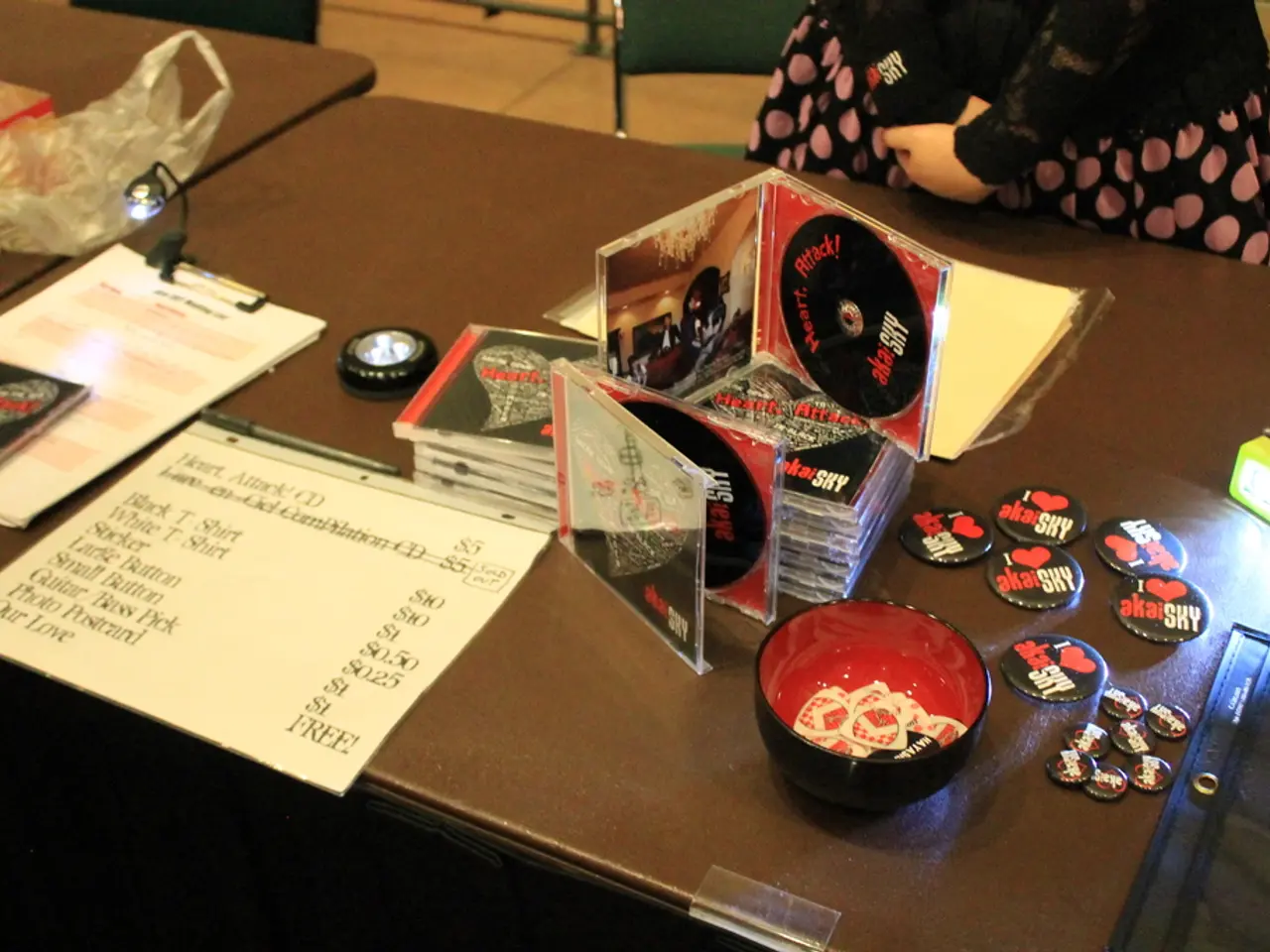Radioactive Wasp Nest Discovered at American Nuclear Site Sparks Fresh Concerns over Safety
Radioactive Wasp Nest Discovered at Savannah River Site: A Call for Transparency and Oversight
A radioactive wasp nest, with contamination levels over 10 times the permitted limits, was discovered at the Savannah River Site (SRS) on July 3, 2025 [1]. This incident has raised concerns about potential radioactive leakage from the site, particularly given its history of nuclear weapons production.
The SRS, significant to the United States' nuclear weapons program, was opened in the early 1950s and its primary role was to produce plutonium pits, the core components for nuclear bombs [2]. Today, the site focuses on making fuel for civilian nuclear power plants and carrying out extensive cleanup efforts of radioactive waste [3].
The wasp nest, found within the site's boundaries, had radiation levels that exceeded federal limits [1]. The contamination is believed to be due to "onsite legacy radioactive contamination" [4]. This discovery has fueled calls for more stringent oversight and more transparent reporting on the site's safety practices.
Transparency is essential for public trust, especially in facilities dealing with potentially dangerous radioactive materials [5]. To address these concerns, the Department of Energy (DOE) has measures in place to prevent further contamination. These include ongoing monitoring of radiation levels across the site, environmental assessments mandated by federal court orders, and regulatory oversight to manage hazardous waste and limit emissions [2][5].
Despite these measures, the risk of further contamination remains ever-present. The SRS houses over 40 underground tanks containing millions of gallons of radioactive liquid waste [3]. Concerns have been raised about the adequacy of the site's current monitoring and safety protocols.
The Savannah River Mission Completion, which now oversees the site, maintains that there is no danger to the public from the radioactive wasp nest [4]. The nest was promptly treated with insecticide and disposed of as radioactive waste [1]. No wasps were found inside the treated nest.
The public scrutiny and vigilance are crucial due to the complexities of radioactive contamination and the potential for undiscovered leaks at the SRS [5]. The ongoing environmental reviews aim to mitigate further contamination associated with the expanded nuclear materials production at the site [2][5].
In summary, while localized contamination issues exist at SRS, official sources maintain that current public health and safety risks are minimal due to robust monitoring and containment measures, and ongoing environmental reviews aim to mitigate further contamination associated with expanded nuclear materials production at the site [1][2][5].
References: [1] Savannah Morning News. (2025, July 5). Radioactive wasp nest discovered at Savannah River Site. Retrieved from https://www.savannahnow.com/news/2025-07-05/radioactive-wasp-nest-discovered-at-savannah-river-site
[2] Savannah River Site Watch. (n.d.). Savannah River Site. Retrieved from https://www.srswatch.org/
[3] Savannah River Nuclear Solutions. (n.d.). About. Retrieved from https://www.savannahrivernuclearsolutions.com/about
[4] Savannah River Mission Completion. (n.d.). Frequently Asked Questions. Retrieved from https://www.savannahrivermission.com/faq
[5] Nuclear Regulatory Commission. (n.d.). Savannah River Site. Retrieved from https://www.nrc.gov/sites-databases/sites/default/files/documents/2018/03/13/sr-0001.pdf
- The radioactive wasp nest discovery at the Savannah River Site has sparked discussions about the need for greater transparency and oversight in the medical-conditions related industry, particularly as it pertains to environmental-science issues.
- The incident highlights the importance of financial investments and business practices in the environmental-science and education-and-self-development sectors, focusing on the development of advanced technology and safety measures to maintain a sustainable lifestyle.
- General-news outlets have reported on the potential risks of living near the Savannah River Site, raising questions about the role of the sports industry in addressing community concerns and fostering involvement in discussions on the environmental-science and technology industries.
- The radioactive wasp nest incident emphasizes the crucial role of the medical-conditions industry in understanding and addressing the long-term impacts of legacy radioactive contamination in the environment-al science field.
- The continued advancement of the technology industry is essential in the ongoing monitoring and mitigation of radioactive contamination in the medical-conditions and environmental-science industries, ensuring the safety and wellbeing of the general public.




